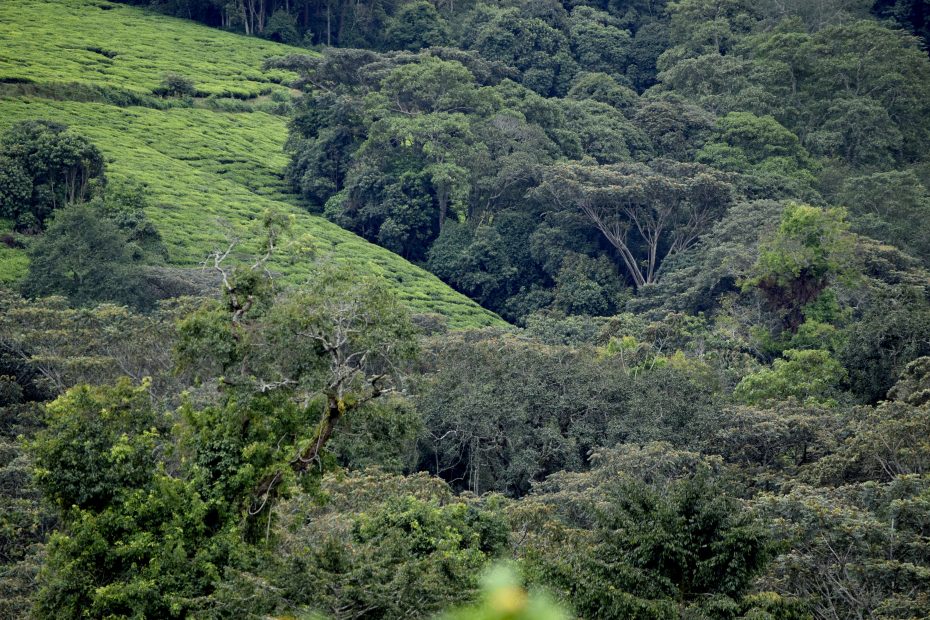Table of Contents
Introduction
Nestled in the heart of Africa, Burundi is a tiny country with immense natural beauty. From sweeping Lake Tanganyika to the verdant rainforests of Kibira National Park, Burundi dazzles visitors with its diverse and magnificent landscapes. Though it flies under the radar of most travelers, this country has scenic treasures that rival its better-known neighbors. Prepare to be enchanted by Burundi’s natural splendor.
Lake Tanganyika: Africa’s Deepest Lake
The highlight of any visit to Burundi is the spectacular Lake Tanganyika. This massive lake contains nearly 18% of the world’s fresh surface water and is the second largest lake in the world by volume. Tanganyika plunges to staggering depths of 4,800 ft (1,500 m), making it the world’s second deepest lake after Lake Baikal in Russia. The vistas over its sapphire blue waters are phenomenal. You can relax on its beaches, go boating, kayaking or swimming in its brisk waters. Sunsets over the lake are simply magical. Tanganyika is also renowned for its colorful cichlid fish species, many of which are found nowhere else on Earth.
Kibira National Park: Lush Jungle Wilderness
Another natural gem is Kibira National Park in thecountry’s northwest. This is Burundi’s largest national park, covering around 750 sq km of dense rainforest. Kibira has remained untouched and pure, making it an ecological treasure. Lush jungle cloaks its hills and valleys, while elephants, buffaloes, chimpanzees and various monkey species roam its interior. With over 160 bird species, it’s a birdwatcher’s paradise. The park has numerous hiking trails so visitors can fully immerse themselves in this pristine wilderness. Canopy walks and night treks add to the adventure.
Rusizi National Park: Hippos, Crocodiles and Waterbirds
For wildlife viewing, head to the savanna landscapes of Rusizi National Park near the DR Congo border. Its river attracts some of Africa’s most formidable animals – hippopotamuses, enormous Nile crocodiles and monitor lizards. Birds also proliferate, including exotic species like the colorful bee-eater. You can take guided treks and boat trips to get up close with hippos and view crocodiles basking on the riverbanks. The park also contains a small museum and is close to the Livingstone-Stanley Monument commemorating the famous encounter between these two explorers.
The Livingstone-Stanley Monument: Exploring Burundi’s History
The Livingstone-Stanley Monument marks a milestone in Burundi’s history. It commemorates the meeting between famed British explorer Dr David Livingstone and American journalist Henry Morton Stanley in 1871 on the shores of Lake Tanganyika. This was the famous encounter where Stanley uttered the legendary words “Dr Livingstone, I presume?”. The monument depicts the two men shaking hands and offers wonderful views over the churning Rusizi River. It provides perspective on Burundi’s significance as part of 19th century European expeditions into Africa’s unknown interior.
Gitega: Discovering Burundi’s Cultural Heart
No trip to Burundi is complete without visiting Gitega, the country’s capital. Though mostly administrative, Gitega offers charming glimpses into Burundian culture. The National Museum has displays on Burundi’s history and ethnography, while the colorful crafts market allows you to buy traditional woodcarvings, baskets and drum artwork. The royal drum sanctuary and Catholic cathedral are also worth a visit. Gitega’s most appealing feature is its verdant hillside location – the capital sits nestled between rolling green valleys.
Bujumbura: Vibrant Port City
For a lively introduction to Burundi, head straight to Bujumbura. This lively port city is Burundi’s cultural hub and pulses with energy. Lucent white beaches dot the Lake Tanganyika shores while the town center boasts excellent restaurants, bars and clubs. Beach resorts provide relaxing stays with swimming, boat trips and sunbathing. Bujumbura also has a great crafts market selling traditional masks, carvings and woven goods. After sundown, the city comes alive with locals and tourists enjoying Burundi’s buzzing nightlife.
Nyanza-Lac: Charming Lakeside Town
Finally, no visit to Burundi’s landscapes is complete without seeing Nyanza-Lac. This placid town sits on Lake Tanganyika’s southern shores, framed by bright green hills. It’s renowned for some of Burundi’s best inland beaches with swimmable sands. Local guesthouses and hotels provide pleasant lodging. The town serves as a base for various water activities like boating, waterskiing and swimming, or you can simply relax lakeside. It’s also great for birdwatching trips to view rare species. With its peaceful setting, Nyanza-Lac is the perfect place to end your Burundi adventure.
Conclusion
Though relatively small in size, Burundi offers incredibly diverse landscapes from hippo-filled savannas to rainforest-covered mountains. Visitors can soak up the tranquility of Lake Tanganyika, come face-to-face with wildlife, and immerse themselves in vibrant cities. With its unspoiled natural beauty and warm, welcoming people, Burundi promises fascinating discoveries around every corner. Its landscapes may dazzle you with their beauty and enchant you with their richness. Burundi truly deserves its place on the intrepid traveler’s map.
FAQs:
What is Burundi most famous for?
Burundi is most famous for Lake Tanganyika, the longest and second deepest lake in Africa. The lake contains about 18% of the world’s fresh surface water supply.
When is the best time to visit Burundi?
The dry months of June to September are generally considered the best time to visit Burundi for ideal weather and wildlife viewing opportunities.
What languages are spoken in Burundi?
The official languages are Kirundi and French. Swahili is also widely spoken. English is spoken in major cities and tourist areas.
What are the top things to do in Burundi?
Top activities include boating and swimming in Lake Tanganyika, wildlife safaris in national parks like Rusizi, trekking in Kibira rainforest, and exploring the capital Bujumbura.
What should I pack for a trip to Burundi?
Recommended items to pack are light and breathable clothing, hiking boots, binoculars, mosquito repellent, sun protection, and a camera to capture the stunning landscapes. Bring cash in US dollars for payment.
